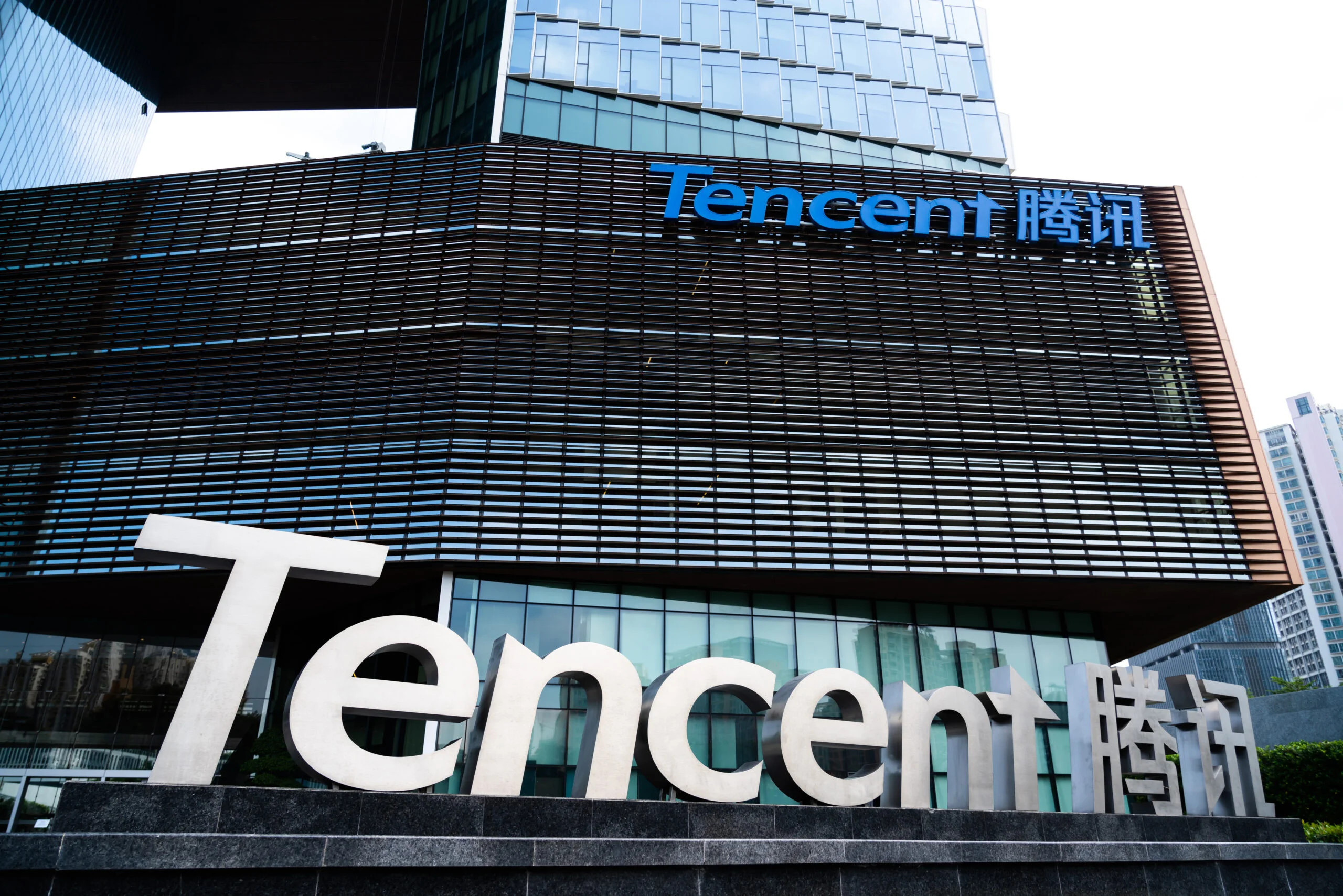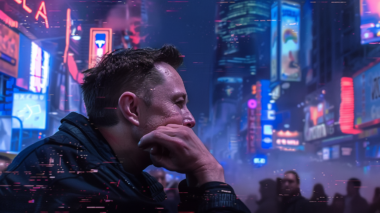Tencent, a leading player in China’s tech industry, recently updated its DynamiCrafter video generation model, marking significant progress in the generative video domain. Released on GitHub, the open-source model showcases Tencent’s commitment to advancing in the text-to-video and image-to-video transformation space, a field gaining momentum following the success of generative AI in text and imagery.
DynamiCrafter’s latest iteration produces videos at a resolution of 640×1024 pixels, doubling the clarity of its previous version’s 320×512 resolution. This development is part of a broader trend among China’s tech giants, including ByteDance, Baidu, and Alibaba, each working on their video diffusion models to capitalize on the burgeoning interest in AI-generated visual content.
What sets DynamiCrafter apart is its use of diffusion techniques inspired by physical processes, enabling the transformation of simple captions and images into complex, seconds-long videos. This approach differs significantly from traditional methods that focus on animating specific types of motion, such as natural scenes or human movements. Instead, DynamiCrafter integrates text-to-video diffusion models with image guidance, expanding its application to a wider range of visual content.
Comparative demonstrations highlight DynamiCrafter’s ability to produce more dynamically animated content than its competitors, including Stable Video Diffusion and Pika Labs. While these advancements indicate substantial progress, the technology is still in its early stages, with no immediate prospects for generating full-length movies.
DynamiCrafter
Demo: https://t.co/im9Jb6xH3y
model: https://t.co/jvp6qku3MN
Animating Open-domain Images with Video Diffusion Priors pic.twitter.com/sq3x3SMa5t
— AK (@_akhaliq) February 5, 2024
The push towards generative video technology reflects a broader ambition within the AI industry to explore new frontiers beyond text and image generation. Tencent’s decision to open-source DynamiCrafter aligns with a growing trend among Chinese tech firms to engage the global developer community, sharing advancements and fostering innovation across borders. This collaborative approach underscores the competitive yet cooperative nature of the global race to lead in AI-driven content creation.





